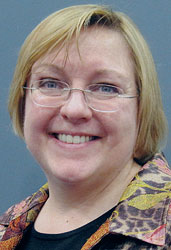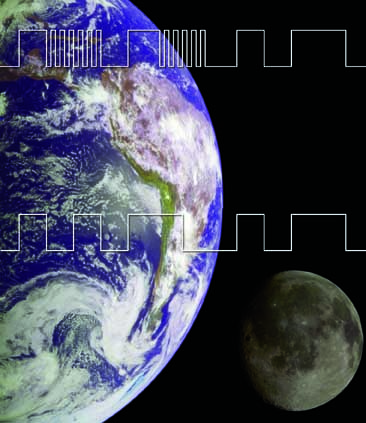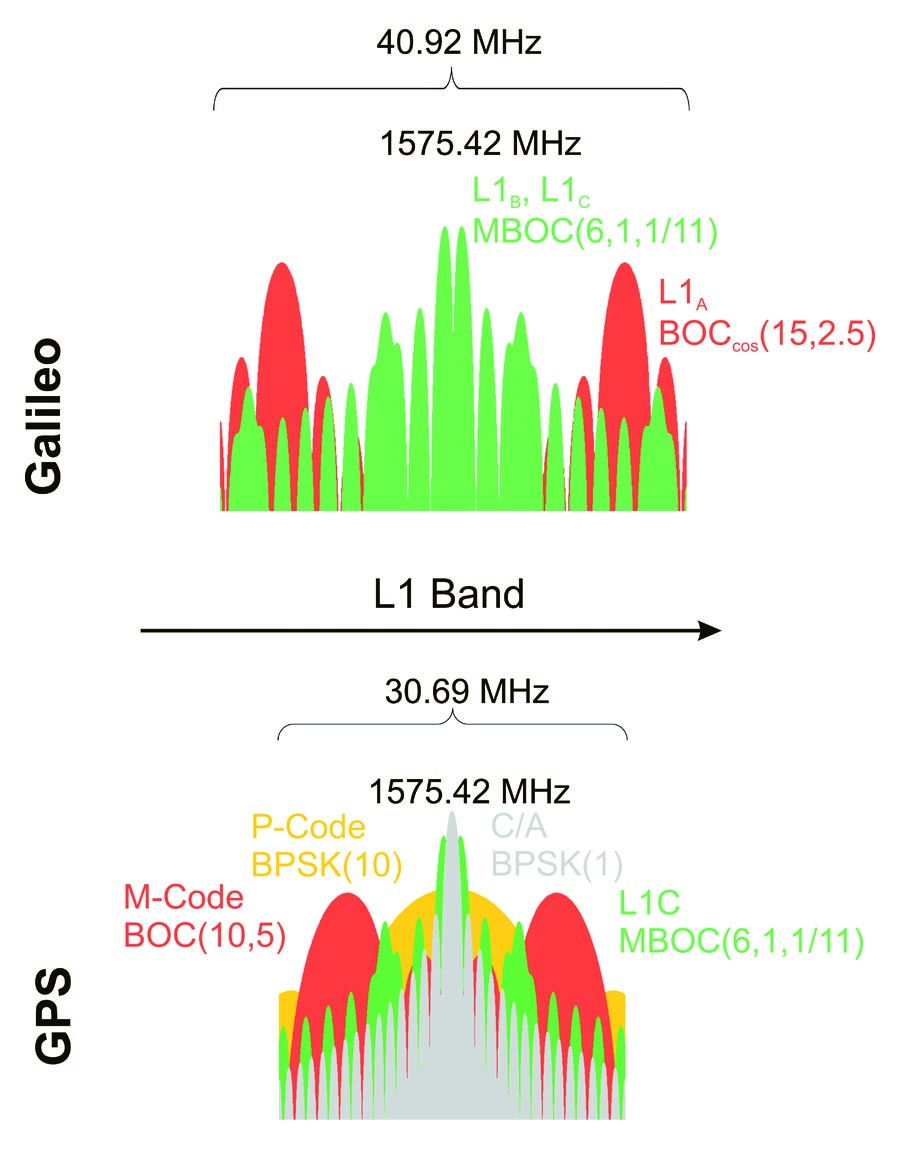Apple has filed an application to patent a machine-learning system for correcting GNSS positions based on consumer location estimates gathered from the setting. The technology could be applied to the company’s mobile mapping app.
The machine-learning model could provide interim location estimates for the user based on previously gathered environmental data, to offset multipath or other errors encountered earlier by other users in the same location.
The application description states: “A device implementing a system for estimating device location includes at least one processor configured to receive an estimated position based on a positioning system comprising a Global Navigation Satellite System (GNSS) satellite, and receive a set of parameters associated with the estimated position.
“The processor is further configured to apply the set of parameters and the estimated position to a machine learning model, the machine learning model having been trained based at least on a position of a receiving device relative to the GNSS satellite. The processor is further configured to provide the estimated position and an output of the machine learning model to a Kalman filter, and provide an estimated device location based on an output of the Kalman filter.”
In 2012, Apple discontinued its use of Google Maps to go it alone. In 2013 it acquired mapping specialists Locationary and Broadmap, with expertise in managing, sorting and analyzing map data, and in 2015 Apple acquired Coherent.
Of the four individuals listed on the patent application, one came to Apple from Coherent, one from Qualcomm and one from Broadcom.
Coherent Navigation worked on high-precision navigation systems, autonomous navigation and robotics projects.






